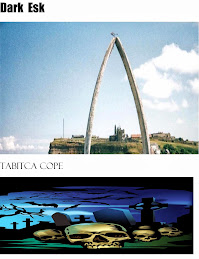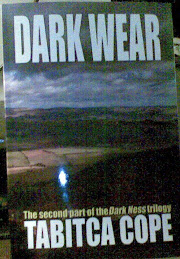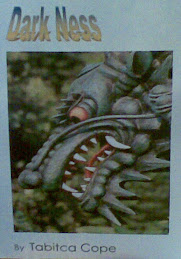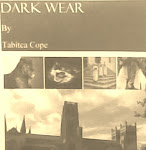28/01/2011 17:14
Ex-policeman in 'big cat' sighting
Council chiefs have hailed a big cat sighting as the best ever proof the so-called mythical beasts really exist.A former policeman based in west Wales spotted a "puma or panther-like animal" as recently as Wednesday.Michael Disney now works for Pembrokeshire County Council's Public Protection Division and his sighting is being treated as authentic.
The latest sighting comes days after the government environment watchdog for England dismissed the existence of big cats. Experts with Natural England said in a report that they were confident no breeding populations of big cats exist in Britain.Pembrokeshire Council begs to differ and is so convinced by Mr Disney that it is urging the public to report any sightings. It published extracts of the statement made by their man, which has been passed to the police.Mr Disney's encounter happened in broad daylight in countryside six miles north of Haverfordwest, near Treffgarne village. He was driving his council car on a single track road at 15mph when a large black "puma or panther" crossed five metres in front of him.He said: "I immediately stopped my vehicle and stared at this animal. It had a large cat-like head, muscular build and was approximately three feet tall."It was bigger and more muscular than a German shepherd dog. The coat was smooth and looked like it had brown spots on it. I had a clear, unobstructed view of the animal and the visibility was excellent."He added: "I am 100% certain that this was a puma or panther-like animal and was definitely not a dog, cat or any other domestic animal. It was not something I had seen before other than in a zoo."
Read rest here :http://news.uk.msn.com/uk/articles.aspx?cp-documentid=155993302




















